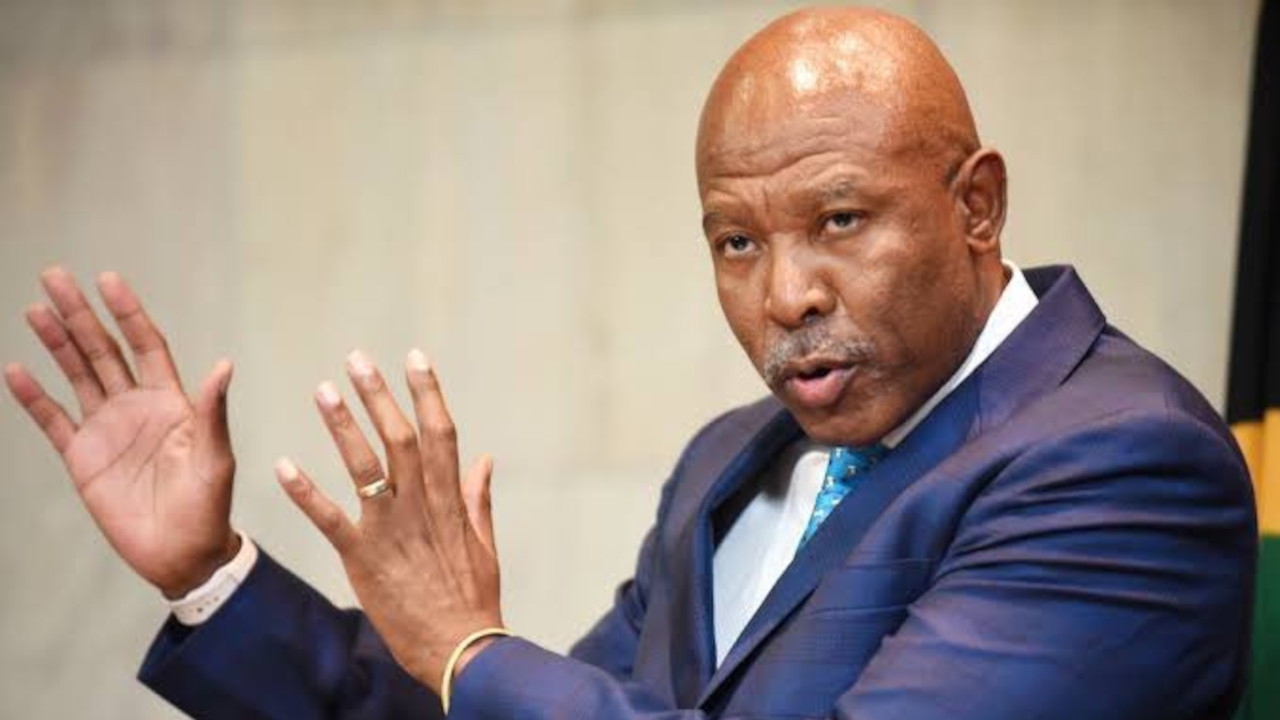News
Steadfast: Repo Rate Holds Firm at 8.25%

The Reserve Bank’s Monetary Policy Committee (MPC) has opted to maintain the repo rate at its current level of 8.25%. SANews reports that Governor Lesetja Kganyago announced this decision at the final MPC media briefing of the year, highlighting the unanimous agreement among committee members. Kganyago underscored the inflation risks presented by electricity prices and logistics constraints likely to impact the broader cost of business and living. Given fuel and food price inflation uncertainties, he cautioned that the forecast for average salaries carries considerable risk.
Market-based expectations for 2023 inflation stand at 5.8%, with near-term break-even rates at 4.3%. The Governor noted that medium and longer-term market expectations for inflation remain elevated. The Committee, while observing an average inflation expectation of 6.1% for 2023, expressed a preference for expectations anchored at the mid-point of the inflation target band. Kganyago highlighted that the policy is restrictive at the current repurchase rate, aligning with the inflation outlook and heightened expectations.
Also read: South African Reserve Bank Governor’s Insights on Inflation
SARB’s forecast for global growth in 2023 remains broadly unchanged at 2.7% and 2.6% in 2024. Kganyago emphasised that decisions will be data-dependent and sensitive to balance risks. The policy stance aims to anchor inflation expectations firmly around the midpoint of the target band [3-6%] and boost confidence in attaining the inflation target sustainably. With South Africa’s inflation rate susceptible to shocks, the MPC will prioritise looking through temporary price shocks and focus on potential second-round effects and the risks of de-anchoring inflation expectations.
Guiding inflation back towards the midpoint of the target band, Kganyago noted, reduces the economic costs of high inflation and will lead to lower interest rates in the future. The Committee has advocated for measures within the public sector’s reach, including achieving a prudent public debt level, increasing energy supply, maintaining low administered price inflation, and aligning real wage growth with productivity gains. Despite recent volatility, oil prices have increased over the year, and commodity export prices have moderated. South Africa’s external financing needs are expected to increase, reflecting an expanding current account deficit.
The rand weakened by approximately 9.5% against the US dollar over the past year, reflecting the lack of sustained economic growth and dependence on commodities. Kganyago pointed out the currency’s high volatility in response to global risk-on and risk-off episodes. The policy stance, rooted in the current economic context, seeks to balance inflation management and the broader economic landscape.
Also read:
Competition Commission is in Charge of Rand Manipulation Probe, Asserts SARB
Picture: X / papiwakogae
Follow us on Google News.

















